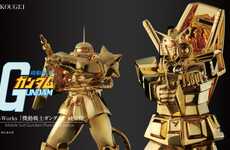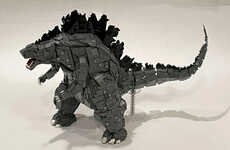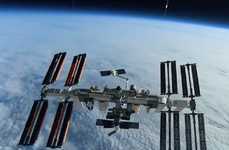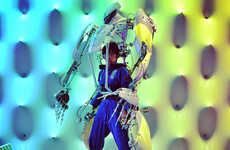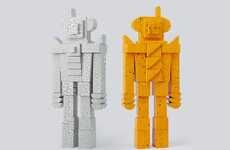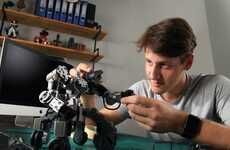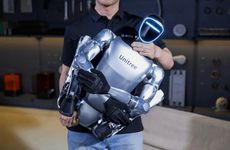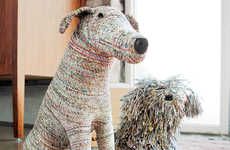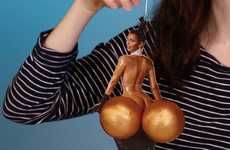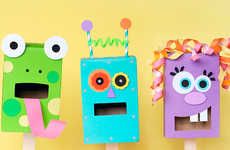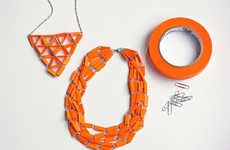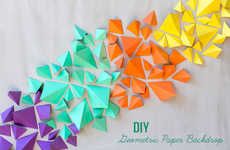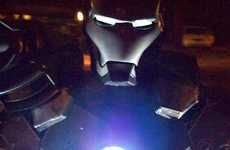
The 7FT Gundam Blows the 4FT Freedom Gundam Out of the Water
Meghan Young — November 12, 2011 — Art & Design
References: visualspicer & neatorama
For those who thought that a 4-foot papercraft robot creation was impressive, just take a look at the 7FT Gundam. Blowing its predecessor, Freedom Gundam, right out of the water, this crazy craft creation will surely have jaws dropping across the nation.
Conceived and created by Taras Lesko, who also built the Freedom Gundam, 7FT Gundam is made up of 1250 parts printed from 720 sheets of paper. Although it looks quite realistic, it only ways 10 pounds, proving that it is not actually made out of metal parts. As Lesko himself writes on his site, "I was determined to create a bigger and better replacement." Well, he has certainly outdone himself, that's for sure.
Conceived and created by Taras Lesko, who also built the Freedom Gundam, 7FT Gundam is made up of 1250 parts printed from 720 sheets of paper. Although it looks quite realistic, it only ways 10 pounds, proving that it is not actually made out of metal parts. As Lesko himself writes on his site, "I was determined to create a bigger and better replacement." Well, he has certainly outdone himself, that's for sure.
Trend Themes
1. Papercraft Engineering - Advancements in papercraft engineering technology and techniques are leading to the creation of more complex and realistic models with potential applications in prototyping and manufacturing.
2. Low-cost Prototyping - Using materials like paper to create models and prototypes for products can greatly reduce costs and increase accessibility for small businesses and individuals.
3. 3D Printing Alternatives - Papercraft models offer an eco-friendly and cost-effective alternative to 3D printing for rapid prototyping and creating detailed models.
Industry Implications
1. Arts and Crafts - Papercrafts have been embraced by the arts and crafts industry as a way to create intricate and impressive works of art.
2. Toy Manufacturing - Papercraft robots and models could be used in the toy industry for creating customizable and cost-effective toys.
3. Product Design - Low-cost papercraft prototyping could be used in product design to quickly and cheaply create and test product models and designs before moving on to more expensive manufacturing processes.
4.5
Score
Popularity
Activity
Freshness

